
by Owen | Jun 8, 2020 | Investment Planning
The average investment portfolio in Canada consists of high-fee mutual funds but over the last few years we’ve seen the introduction of multiple new ways to invest. These new ways to invest are typically low-cost, highly diversified, and easy to manage. They’re a welcome change to the typical high-fee mutual fund portfolio that many Canadians use to invest.
The average mutual fund portfolio in Canada has investment fees of around 2.5% per year. On a $100,000 portfolio that’s $2,500 per year in fees. On a $500,000 portfolio that’s $12,500 per year in fees. And on a $1,000,000 portfolio that’s $25,000 per year in fees! That’s quite the drag on investment returns.
These are astronomical figures, especially when investors aren’t receiving the level of planning and advice that should be expected with these types of fees.
These fees are also not very easy to find, they’re typically hidden on the statement, or they’re split between advisor fees and investment management fees, so it’s very difficult to see how much you’re actually being charged. When looking at the typical investment statement it’s very hard for the average mutual fund investor to see that they’re paying such high fees each year.
One of the reasons these high-fee portfolios are so prevalent is because until recently, the main alternative to a high cost mutual fund portfolio was to do it yourself (DIY). This required setting up a self-directed brokerage account and it also meant buying and selling individual securities or perhaps ETFs. This can be very daunting for a long-time mutual fund investor.
But recently things have started to change. In the last 3-5 years we’ve seen multiple new ways to invest. These new ways to invest are easy, convenient, highly diversified, and low-cost. They’re typically built on an “index investing” philosophy. They’re not trying to “beat the market” but instead match the market return and dramatically lower fees. These new ways to invest include robo-advisors and the new “all-in-one” ETF.
Investing of course isn’t all about fees. There are many things to consider when creating an investment portfolio. But in my opinion the “all-in-one” ETF provides an amazing balance of all these factors and they may be the best way to grow your money.
Let’s take a look at some of the factors you should consider when creating an investment portfolio and, in my opinion, why the “all-in-one” ETF provides the best overall balance for the typical investor.
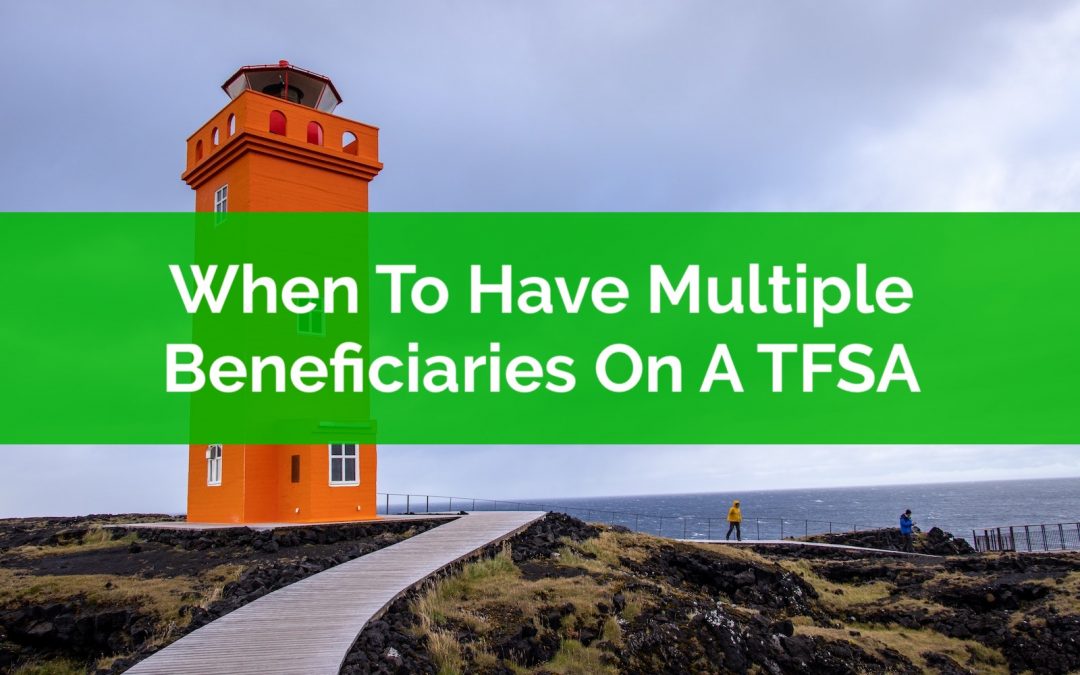
by Owen | May 25, 2020 | Financial Planning, Investment Planning
A TFSA is often the last account that we want to draw on in retirement. There are some great tax advantages to the TFSA because it allows contributions to keep growing tax free even in late retirement. New contribution room is accumulated each year and the account also regains the contribution room the following year after withdrawals have been made.
Because the TFSA is often the last to get drawn down in retirement this means that the TFSA will most likely make up a large portion of any future estate.
How large can a TFSA get? It’s reasonable to expect that with new contributions and investment growth we’ll see many TFSAs in the $1M to $2M range in the future!
The potential size of TFSAs in the future makes it important to understand how TFSAs can be passed on after death. There are a few options to consider and one option is to have multiple beneficiaries on a TFSA.
But is having multiple beneficiaries on a TFSA the right option for your estate plan? In this post we’ll look at why you may want to name multiple beneficiaries on your TFSA and some of the other options you may want to consider.
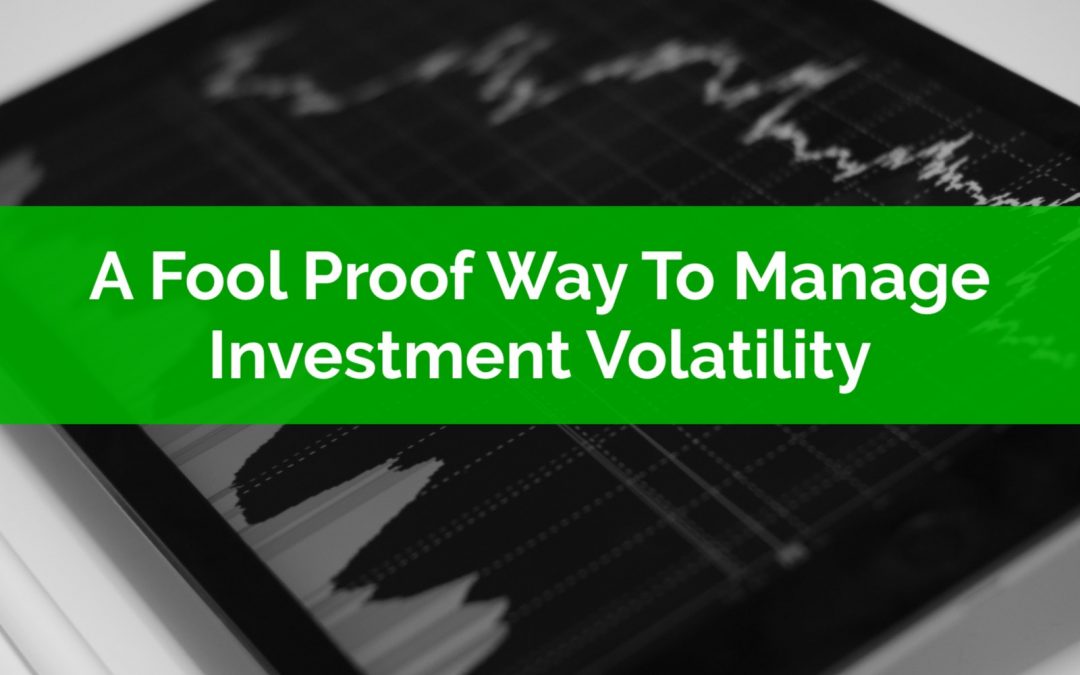
by Owen | Mar 30, 2020 | Behavioral Finance, Financial Planning, Investment Planning, Retirement Planning
With investments values moving up and down 5% to 10% per day this investment volatility can feel like a roller coaster both financially and emotionally. If you’ve been watching your investment portfolio day-to-day you may be feeling a bit nauseated by now.
Thankfully there is a fool proof way to manage this investment volatility, just don’t look.
Not looking at your investment portfolio is simpler said then done of course, but it’s the best way to manage investment volatility.
It’s been proven that we put more weight on negative experiences than positive experiences. We feel the impact of negatives more than we feel positives.
Even when they’re the same size, a loss feels worse than a gain. Losing $50 feels worse than gaining $50.
So with markets jumping up and down 5-10% per day this can lead to some VERY negative emotions. The positives just don’t out weight the negatives and we end up feeling worse and worse with each rise and fall.
But not looking at your investment portfolio can be surprisingly hard to do. So what can the average investor do to help themselves feel better during a market correction? What strategies can they use to avoid looking at their investment portfolio? What routines can they implement?
This post looks at a few different ways to help you manage the emotional impact of investment volatility.
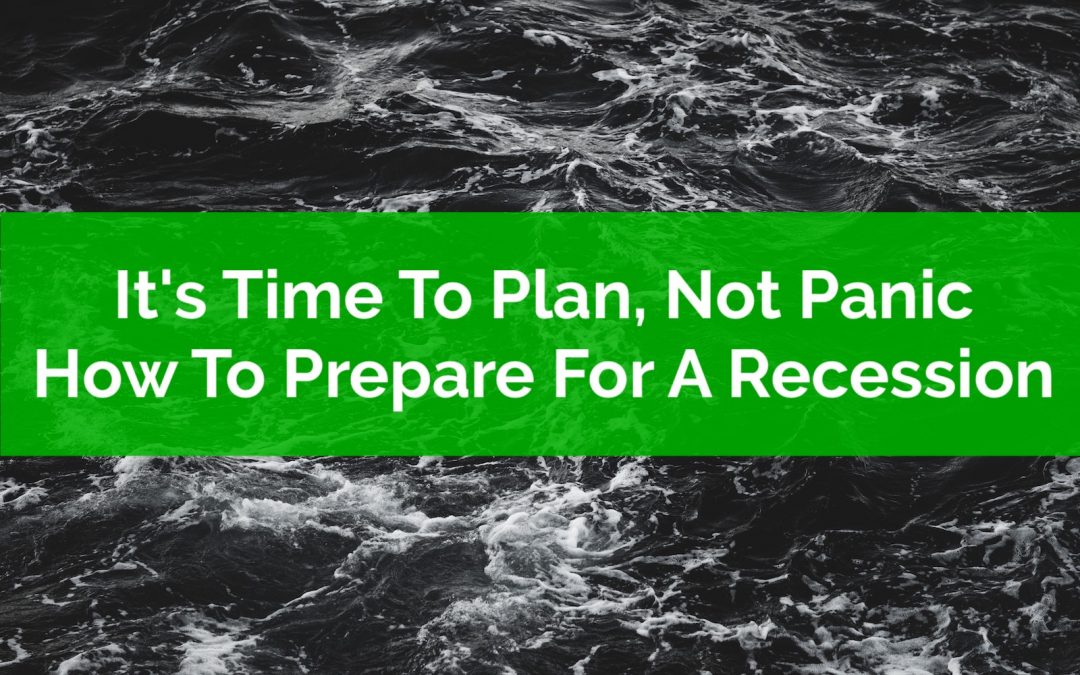
by Owen | Mar 16, 2020 | Behavioral Finance, Budgeting, Emergency Fund, Financial Planning, Income, Investment Planning, Retirement Planning, Saving Money
They say the best time to plant a tree was 20-years ago but the second best time is now.
The same goes for financial planning. The best time to build a plan is before a crisis/recession/depression but the second best time is today. A good financial plan will help ensure that you’re prepared for a recession or financial emergency.
Having a financial plan provides an incredible amount of peace of mind. A good financial plan will already have anticipated a scenario like this and will ensure you’re still successful. It will highlight how to prepare for a recession and what changes you need to make to ensure you are successful over the long-term.
There are a few best practices that can help improve the ‘robustness’ of a financial plan. These are practices you can start using right away, even if they weren’t previously part of your plan.
Some of these best practices focus on behavior. They help manage your financial routine during emotional periods like this. Some focus on flexibility. They ensure that you have room in your plan to absorb the unexpected, whether that be changes in income, changes in expenses, or changes in investment returns.
It doesn’t matter if you’re in retirement, starting a family, or just starting to save and invest, there are a number of ways that you can prepare for a recession that will help you feel better about your finances and your long-term plan.
This post will touch on many of these best practices. These are best practices that we’ve covered in previous posts, so we’ll cover the basics here and link to past posts for more detail.
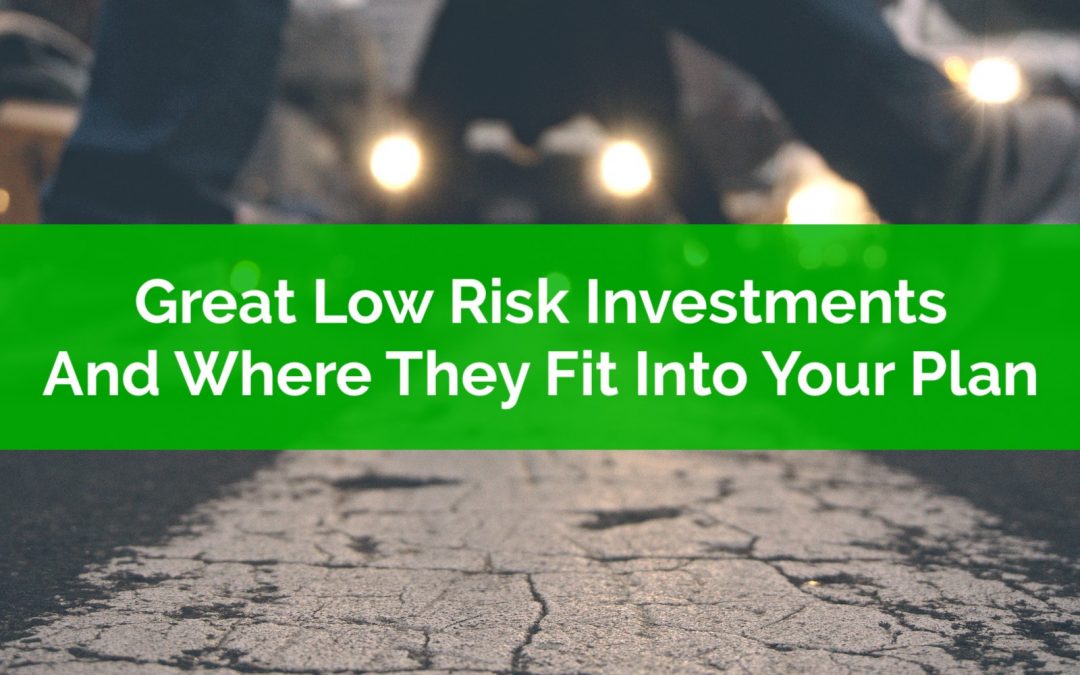
by Owen | Mar 2, 2020 | Emergency Fund, Financial Planning, Investment Planning, Saving Money
Low risk investments are an important part of every financial plan. There are certain reasons we want to use low risk investments in a plan and there are different types of low risk investments that we may want to consider.
Often we can become too focused on increasing investment return to appreciate the usefulness of a low risk investment. When used appropriately, a low risk investment provides an important source of funds in an emergency, or provides less volatility in our investment portfolio, or provides a psychological advantage that may help us avoid making a behavioural mistake during a downturn.
There are a few places that low risk investments will show up in a typical financial plan. If you haven’t considered these uses for low risk investments then it might be time to get a second opinion on your financial plan…
1. Emergency fund
2. Saving for infrequent expenses
3. Saving for a down payment (Or other short term financial goal)
4. Fixed income portion of an investment portfolio
These are some of the typical uses for low risk investments but what are some good low risk investments to use and which of these uses would they be appropriate for?
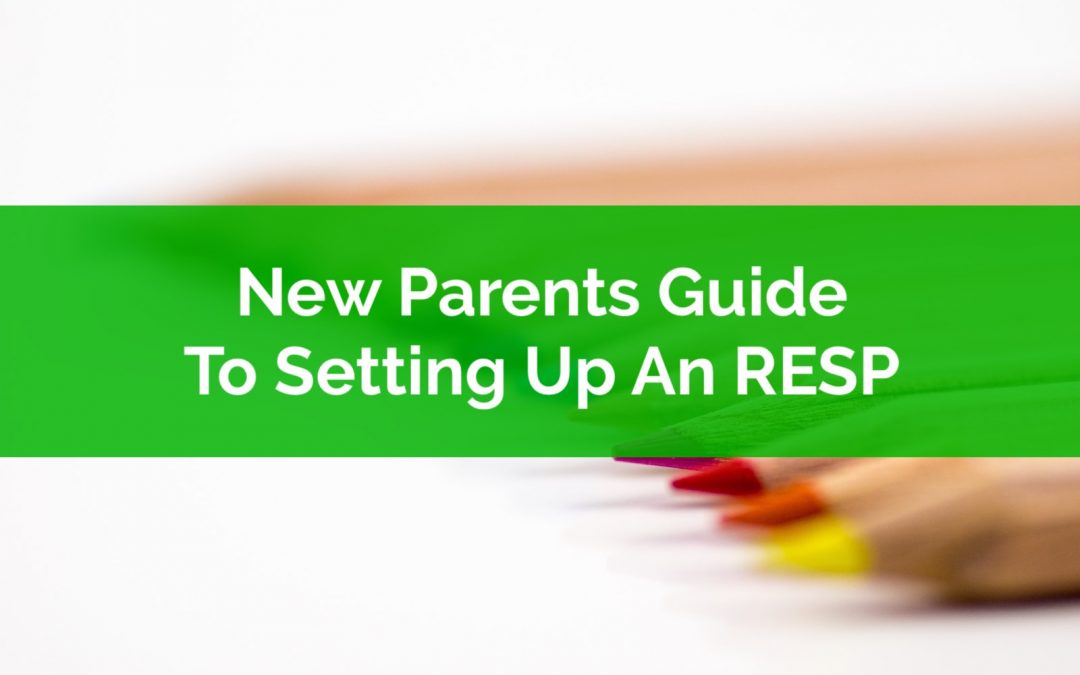
by Owen | Feb 17, 2020 | Financial Planning, Investment Planning, RESP/Kids Education
Congratulations! You’re starting a family or have already started a family and through all the craziness of raising children you’re also thinking about setting up an RESP. That’s fantastic!
As a new parent you now get access to a special tax advantaged account called the RESP and it comes with some special features that all parents should take advantage of.
As the name implies, the Registered Education Savings Plan (RESP) is meant to help parents (or relatives) save for a child’s post-secondary education.
There are a few benefits to the RESP that make it attractive to parents. One is that investments inside the RESP are able to grow tax free. The second is that contributions receive a matching grant of up to 20% or $500 per year, whichever is lower. Plus there are even extra grants and learning bonds available for lower income families.
But with all the attractive features of an RESP there are also some restrictions. These restrictions can sometimes be worrisome for parents and cause them to avoid setting up an RESP for their children. In this post we’ll explain what an RESP is, what you’ll need to set one up, some of the terminology you’ll encounter, and finally how to withdraw from your RESP in the future.
Page 11 of 15«...910111213...»






